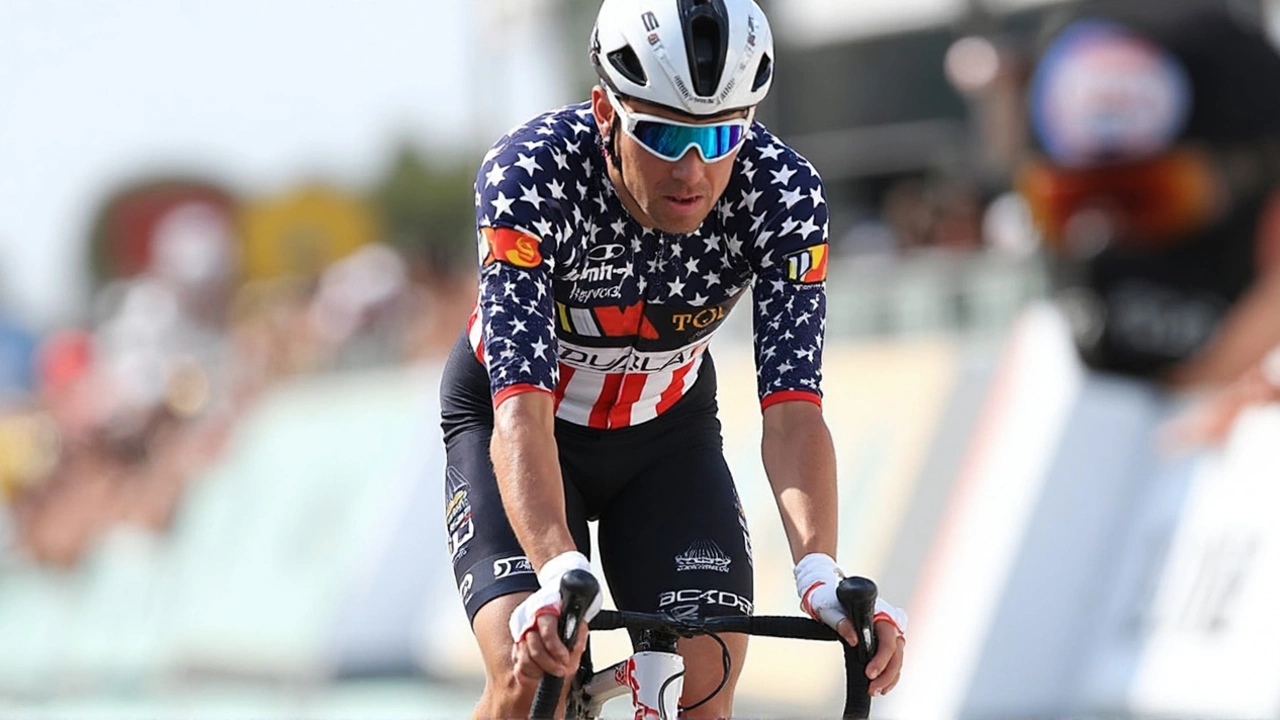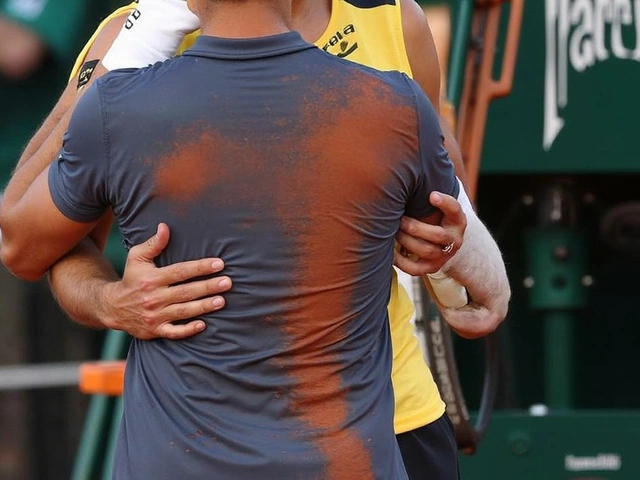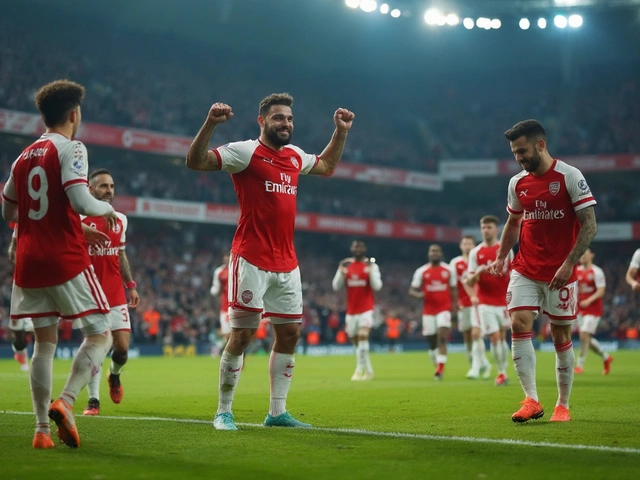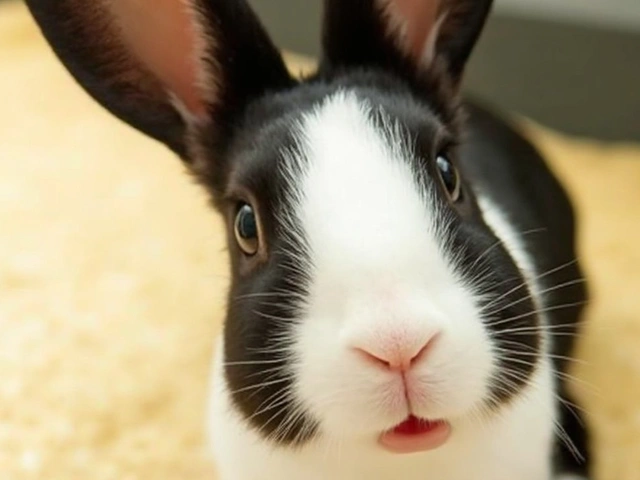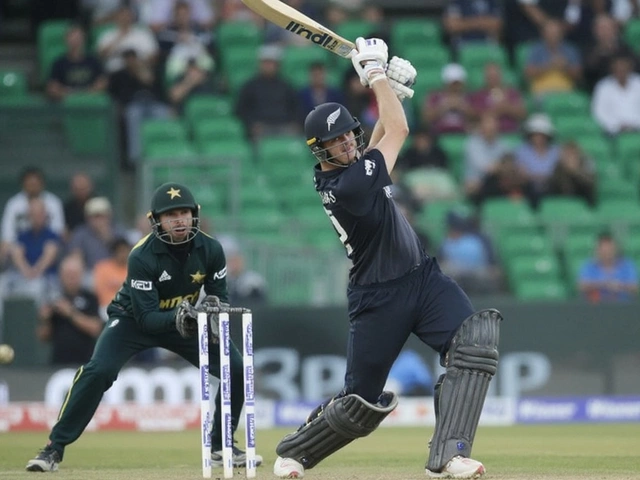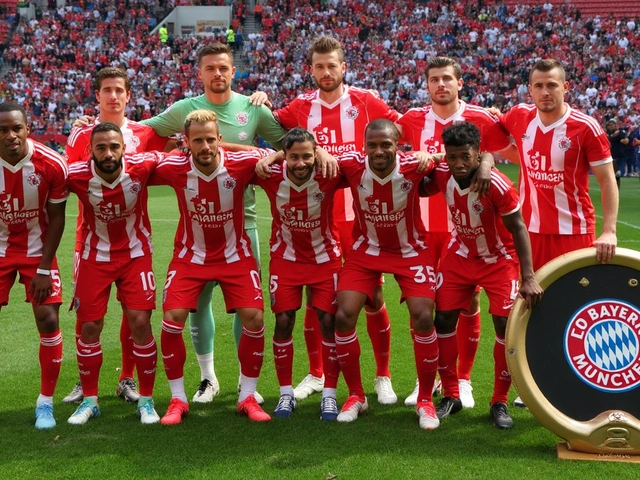Tour de France Coverage: What Every Fan and Cyclist Needs to Know
If you’re watching the Tour de France from the Big Apple or training on the streets of Brooklyn, you want the right mix of race updates and practical advice. At NY Sport Coaching Hub we break down the daily stages, point out the key moments to watch, and share simple training ideas you can start today.
Daily Stage Highlights and What They Mean
Each day the race throws something different at the riders – flat sprint finishes, mountain climbs, or time trials. The first thing to spot is the stage profile. Flat stages usually end in a sprint, so look for teams like Jumbo‑Visma setting up a lead‑out train. Mountain stages bring the climbers to the fore; watch the Pyrenees and Alps for big time gaps. Time trials are all about pacing – a rider’s power output and aerodynamics decide the winner.
For fans, knowing the stage type helps you predict which riders will shine. Sprinters such as Jasper Philipsen dominate flat finishes, while Tadej Pogacar’s climbing skills make him a threat on high‑altitude days. If you’re remembering the names is hard, just focus on the team colors on TV – it’s easier to follow a yellow jersey than a full list of riders.
Training Tips to Feel Like a Pro on Your Own Bike
Want to bring a bit of the Tour into your own rides? Start with two core drills: interval power work and hill repeats. For interval work, pick a flat stretch in Central Park or along the Hudson River, ride hard for 1 minute, then recover for 2 minutes. Repeat 8–10 times. This mimics the short bursts sprinters use on flat finishes.
Hill repeats give you the climbing stamina that pros need in the mountains. Find a steady grade – the hill up to the Bronx River Parkway works well – and ride up at a steady effort, then coast back down. Do 5–6 repeats, gradually increasing the length as you get stronger.
Don’t forget recovery. The Tour’s riders spend hours on bike, but they also sleep, eat, and stretch. A simple post‑ride routine of 10 minutes of gentle stretching and a protein‑rich snack will speed up muscle repair. If you’re training in New York’s heat, stay hydrated and plan rides early in the morning or later in the evening.
Following the Tour also gives you a chance to learn race tactics. Notice how teams protect their lead rider, how they position for wind protection, and when they choose to attack. You can apply those tactics on group rides – stay in a peloton’s middle, draft behind a stronger rider, and pick the right moment to surge.
Finally, keep an eye on the official Tour de France app or our NY Sport Coaching Hub updates. We post stage summaries, rider interviews, and quick video breakdowns that fit into a coffee break. Combining the excitement of the race with these easy training habits will make you a smarter rider and a more engaged fan.
So whether you’re cheering from your living room or pedaling through Manhattan, the Tour de France offers endless inspiration. Use the stage insights to follow the story, and use our training tips to feel the rush on your own bike. Stay tuned, stay active, and enjoy the ride!
Kieran Lockhart, Jul, 11 2025
Quinn Simmons Left Frustrated After Narrowly Missing Tour de France Stage Triumph
American cyclist Quinn Simmons came agonizingly close to his first Tour de France stage win in Stage 6, finishing second after a gruelling day in the breakaway. Despite a strong performance, Simmons expressed frustration, emphasizing how much a stage victory would have changed his career.
View More